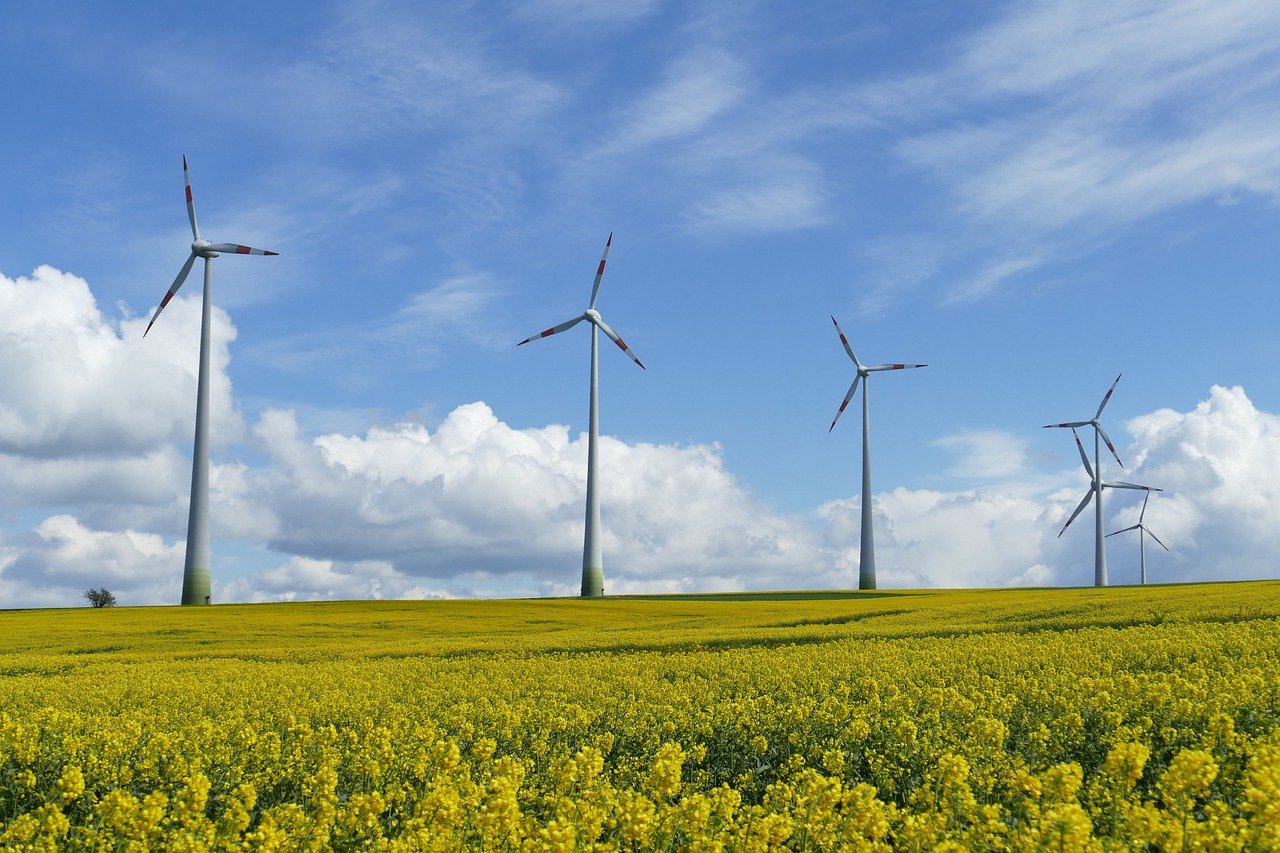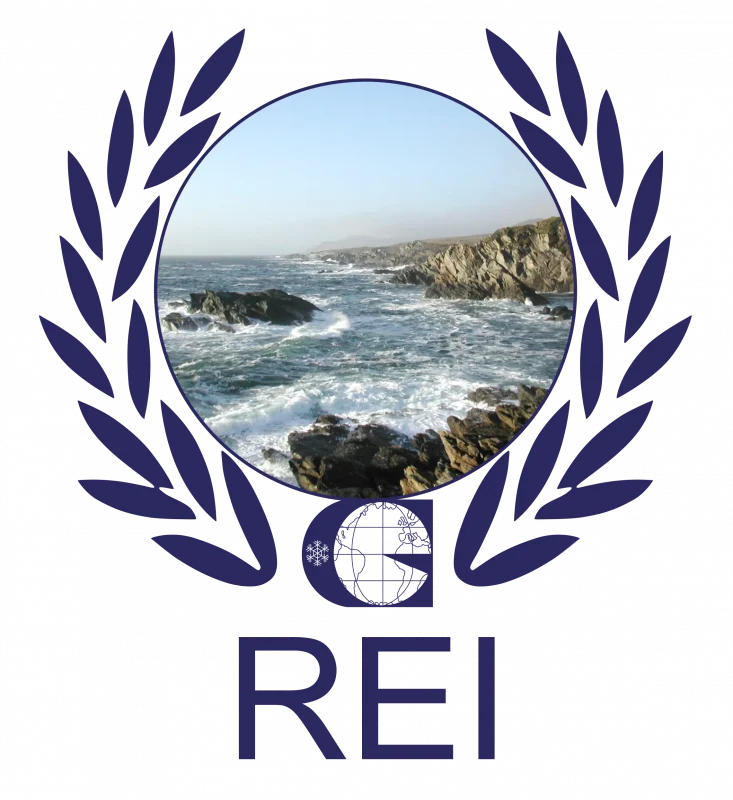Daily News
Over 532,000 Wind Technicians Needed by 2028
By 2028, over half a million new wind technicians will be needed globally to support the rising demand for onshore and offshore wind energy, according to the Global Wind Energy Council (GWEC). GWEC’s Global Wind Workforce Outlook reveals that about 40% of these 532,000 roles must be filled by new entrants. This underscores the critical need for a robust supply chain of skilled workers to build and maintain wind energy fleets.

To achieve global wind power targets and ensure wind energy’s pivotal role in meeting net-zero and renewable energy goals, collaboration between governments and the industry is essential to expand the workforce. The report outlines 9 actionable steps policymakers can take to address medium and long-term workforce challenges.
The first step is to integrate staffing targets into national energy policies to align workforce needs with wind and renewable energy goals. Next, to introduce science, technology, engineering and mathematics (STEM) based education programmes to prepare students for entry-level roles in the wind energy sector. Finally, invest in training, apprenticeships, and upskilling programs to equip workers with the skills needed, particularly for offshore wind jobs.
Additional measures involve implementing industrial policies and tendering criteria that prioritise local job creation to drive wind installation growth. Tailored retraining and reskilling programs are also essential to transition workers from carbon-intensive industries into roles within the wind sector. Encouraging diversity, equity, and inclusion is another key strategy to address skill shortages, helping to attract and retain a broader range of talent in the industry.
GWEC chief executive Ben Backwell said: “As the global wind energy sector continues to grow, particularly in new markets, it is crucial that the growing wind workforce is equipped with the right training and tools to meet the increasing demand. Deployment must be accelerated to meet net zero and global renewable targets, meaning it is vital that government and industry work together to build a workforce capable of delivering onshore and offshore wind. The nine steps outlined in this report provide a roadmap for action that can help turn ambitions into projects on the ground. GWEC is working with global, regional and national stakeholders to ensure wind energy fulfils its role in the energy transition. Building a strong workforce capable of supporting a scaled-up industry is key to that potential being fulfilled.”
Expand your knowledge of the renewable energy sector and specialise in Wind Power with the Institute’s CPD accredited Renewable Energy Consultant Expert Certificate. This course allows you to dive deep into wind energy while studying remotely, joining participants from over 150 countries worldwide. Gain the theoretical expertise needed to advance your career in the growing wind power industry, all at your own pace and from anywhere in the world. The Institute is also proud to work with a number of recruitment partners within the renewables sector, helping you to take the next step in your career and bridge the renewables recruitment gap.
Sources:
https://renews.biz/97351/half-a-million-wind-technicians-needed-by-2028
https://greentechlead.com/wind/global-wind-workforce-needs-over-half-a-million-technicians-48417
